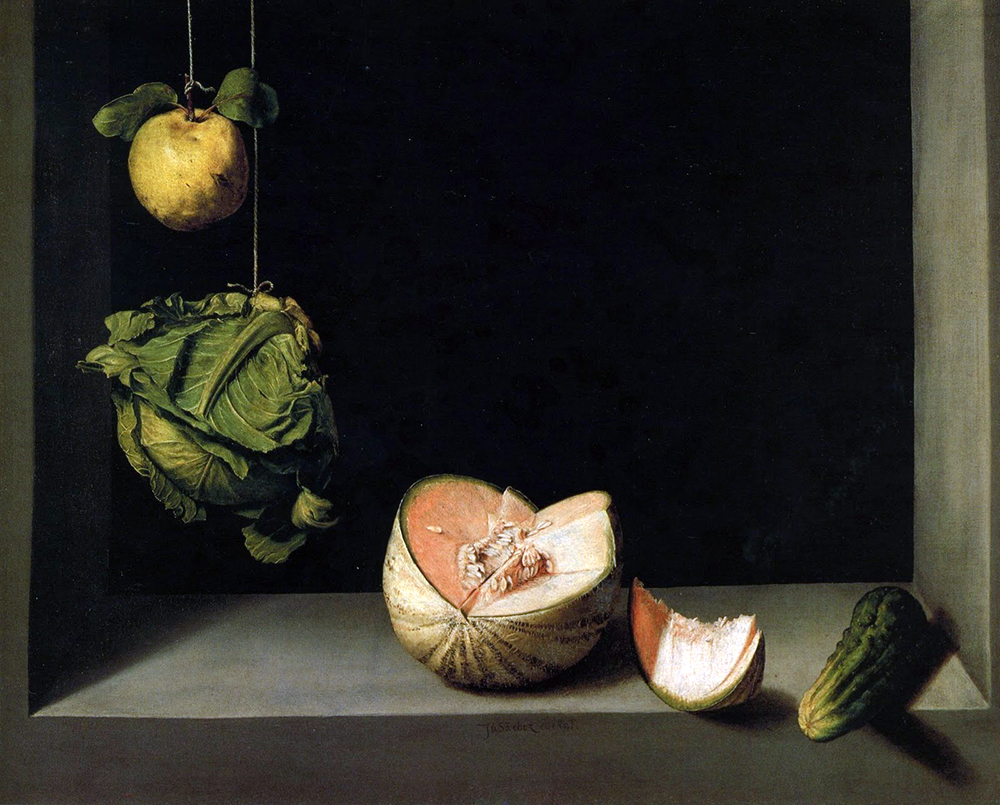I had the pleasure of visiting the exhibit "Feast and Famine" from the Paul Robeson Gallery. This gallery demonstrates many different themes socially and politically with food. Generation after generation, food had been illustrated to represent different things among many people. The portrayal of food could mean different things depending on the person and their views. The amount of diversity in the exhibit was essentially compelling because I was unaware of how food could represent such meaningful things.
Michelle Bui’s Happy Like Doris Day, 2017 features a startling arrangement of flowers and tripe, photographed illustrating "pack shot" photography. Pack shot photography is a image of a product used to portray the product's reputation in advertising or other media. It's main goal is triggering in store and on shelf product recognition. This image creates simultaneous feelings of desire and disgust using the theme of juxtaposition. This image could be appealing because of the bright, yellow flowers, but the beauty is clouded with disgust when you observe the image closer and notice tripe. Tripe is type of edible lining from the stomachs of various farm animals. The deeper meaning is how people perceive food as desirable, but seeing meat's origin is unappealing.
| Happy Like Doris Day, Michelle Bui 2017 |
Bacchus, Michelangelo Caravaggio 1595-1596 Harvest Fresh, by Chris Thorson is a representation about how society views things against food's prime time. Once food is passed its prime time, many consumers just throw it out. Through advertisements it is common for food to appear more beautiful than its nutrition value. Just because a food goes against its standard look it is thrown away. This display shows withered and sprouted potatoes and a grapevine to the right of it. This display demonstrates how common it is for food to be thrown away and wasted. The deformities of aging can make the food seem unappealing to the eye, but what one person cam not see is how much nutrition is in the food. |
| Harvest Fresh, Chris Thorson |
During Cotan's time, there was a significant interest in paintings
of artfully arranged objects. Like in this painting, there is a sample of agricultural food. The main theme of these foods is its longevity. The common theme of food then and now is how long it is going to last and stay good for. Nowadays people do not care about the real nutritional benefits from foods, they only care about how they appear to be. Natural food with no harsh chemicals, GMOs or perspectives do not last as long as processed foods. The common theme Harvest Fresh and this painting is how people only want what looks healthy, not what is healthy.
 |
| Still Life With Quince, Cabbage, Melon and Cucumber, Juan Sanchez Cotan 1602 |
Stokstad, Marilyn, and Michael Watt Cothren. Art History. Sixth ed., II, Pearson, 2018.
No comments:
Post a Comment